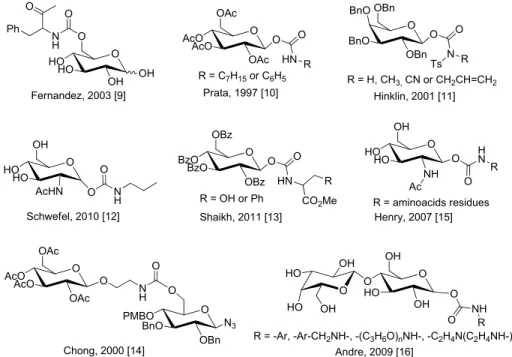A comparison of the results of experiments carried out under microwave irradiation and conventional heating for the
Texto
Imagem

![Table 3. Antifungal activity of sucrose octa(N-ethyl)carbamate, mg/mL. Fungi Sucrose Octa(N-ethyl) carbamate MIC [a] MFC [b] Bifonazole MIC[a] MFC [b] Ketoconazole MIC[a] MFC[b] Aspergillus fumigatus 0.375 ± 0.001 0.75 ± 0.000 0.15 ± 0.030.20 ± 0.03](https://thumb-eu.123doks.com/thumbv2/123dok_br/16974357.762337/5.918.135.860.81.1031/antifungal-activity-carbamate-carbamate-bifonazole-ketoconazole-aspergillus-fumigatus.webp)

Documentos relacionados
The probability of attending school four our group of interest in this region increased by 6.5 percentage points after the expansion of the Bolsa Família program in 2007 and
Following the parameters used here and under the conditions of the present study, the specimens submitted to diode laser irradiation did not present any difference in apical
The dose of 1 mg/kg body weight did not modify the exploration score any further, and higher doses of DZP induced signifi- cantly lower scores when compared to the activity of
coriacea seeds, which were the most active among the tested extracts (resulting in GI 50 values of less than 8.90 m g/mL against all of the tumor cell lines).. However, the
The enzyme activity in the culture, the protein content in the extract, and the specific activity in the extract were expressed as mU mL –1 , μ g mL –1 and mU mg –1
Experiments were also carried out to study the effect of addition of different carbon sources in the fermentation medium on the growth and activity of the bacterial
A preliminary antibacterial assay with different fractions of methanol extracts of the aerial parts from CS showed that ethyl acetate fraction was potent against B.. The
To determine the activity of the TE fractions, cells of the A549 lung cancer cell line were exposed to 500 µg/mL of each fraction and the resulting inhibition of cell